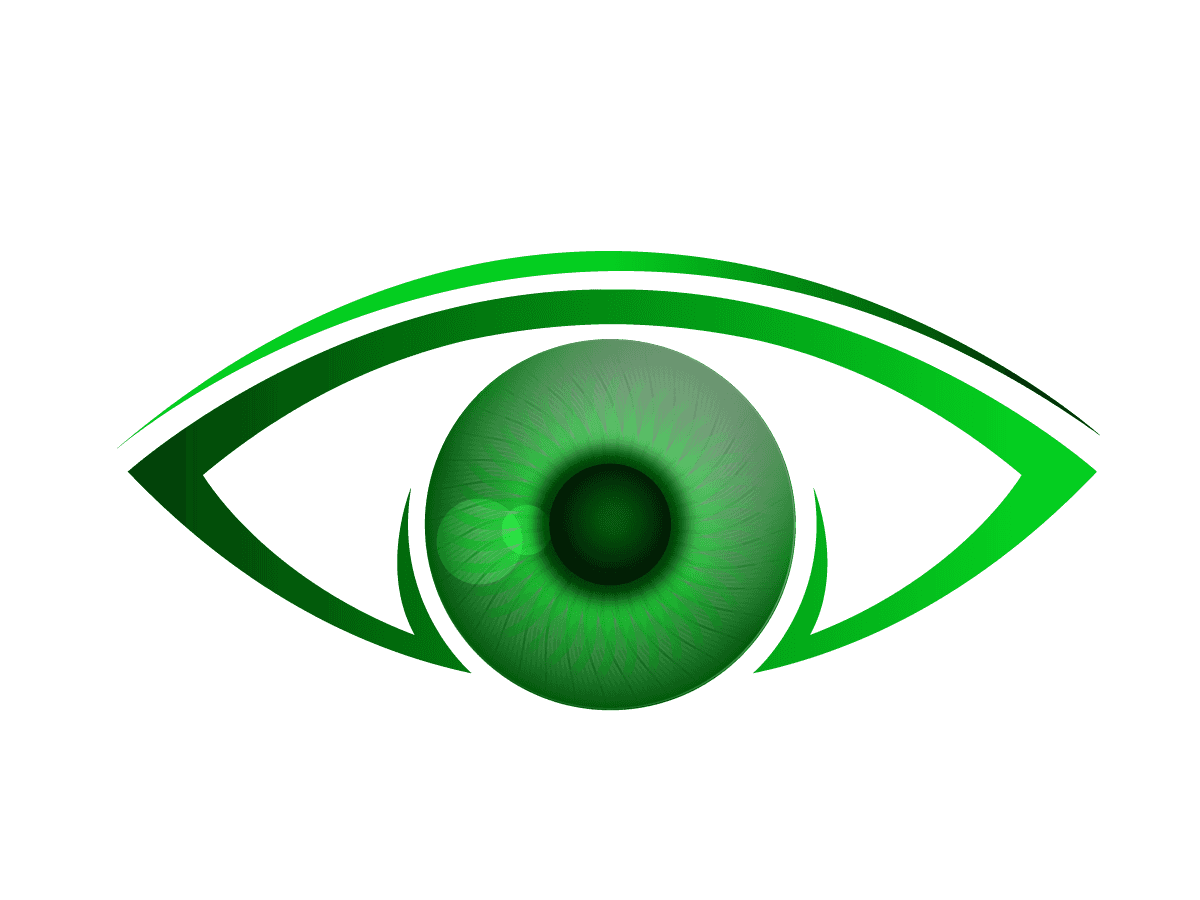Table of Contents
Glaucoma screening is one of the most important exams that eye care professionals can provide. Glaucoma affects more than 4 million people in the United States, and diabetes is the leading cause of preventable blindness worldwide. Early detection and prompt treatment can prevent vision loss from glaucoma.
High intraocular pressure (IOP) is often an early sign of glaucoma, so IOP testing is the standard for screening. Measuring IOP with tonometry is a fast, non-invasive screening method. These screenings are so routine that most patients expect them and feel grateful for the peace of mind they provide about their eye health. If tonometry identifies symptoms of glaucoma, patients can begin treatment to prevent vision loss.
Eye care practices can choose from a wide range of tonometry devices. All devices are effective and offer non-invasive, pain-free screening to patients. Selecting the right device for your practice depends on your patient population and their needs.
Two top tonometry devices are the iCare IC200 and the Reichert Tono-Vera Tonometer. Both of these handheld instruments provide accurate, safe IOP measurements.
Understanding Tonometers & IOP Measurement
Glaucoma causes progressive damage to the optic nerve, slowly killing off the fibers that transmit information to the brain. Eventually, the loss of nerve fibers causes vision loss and may lead to blindness. Researchers do not know the exact causes of glaucoma. However, they often connect the condition to higher-than-normal eye pressure.
Increased intraocular pressure happens when too much aqueous humor builds up in the eye. This can be because of making too much fluid or not draining enough. It doesn’t cause discomfort or immediate vision changes, so people can have increased IOP without realizing it. A high reading on an IOP screening is often the first sign patients have that they may have glaucoma.
A high IOP reading on tonometry indicates that we need more tests. High IOP by itself does not confirm glaucoma. Eye injuries, underlying health issues such as diabetes, and side effects of certain medications can also cause IOP. Additional screening can identify the underlying causes of IOP and inform the course of treatment.
Eye drops, pills, laser treatments, or surgery can lower eye pressure. This can slow down glaucoma and reduce the risk of vision changes in the future. Regular exams and IOP checks help eye care professionals monitor glaucoma patients over time and change treatment if needed.
Several tonometry methods exist that eye care professionals can use for glaucoma screenings. All devices provide accurate measurements and can be used in routine screenings.
Applanation Tonometry
Applanation refers to the process of flattening an object. Applanation tonometry involves gently flattening the front of the eye with a carefully calibrated device. Applanation tonometry devices utilize a small, disk-shaped probe that gently presses on the eye’s surface.
The device then calculates the pressure to flatten the eye’s surface, translating to an IOP measurement. Applanation is the most accurate type of tonometry. Doctors often use it as a follow-up test when other methods show high IOP.
Non-Contact Tonometry
Non-contact tonometry, also known as air-puff tonometry, measures eye pressure by blowing a puff of air at the eye. The puff briefly changes the shape of the eye, and the device can measure the degree of change caused by the air pressure.
During pneuma tonometry, the patient sits in front of the device. They rest their heads on positioners and hold still for the puff of air. The procedure is painless and usually takes only a few seconds to complete.
Rebound Tonometry
Rebound tonometry devices are handheld instruments that use a small plastic ball to touch the eye and check the pressure. The device sits in front of the oven, and the ball moves toward the eye until it gently contacts the cornea. The ball slows as it touches the eye. The deceleration rate indicates the pressure inside the eye.
iCare IC200: Features & Benefits
The iCare IC200 Rebound Tonometer is a handheld rebound tonometer for accurate and efficient IOP measurements for ophthalmic devices.
The device uses rebound tonometry, which eliminates the need for numbing drops. It can be used when patients sit or lie down, making it ideal for pediatric practices or emergencies.

The iCare IC200 uses digital technology. Its automated system helps align the device with the eye.
This means there is no guesswork involved. The system displays results on the screen in one-decimal mmHg to quickly identify measurement results. It does not require calibration.
The IC200 is Bluetooth-enabled for wireless printing and data transfer. The device uses four AAA batteries.
Tono-Vera: Features & Benefits
Tono-Vera Tonometer is a state-of-the-art handheld device offering advanced rebound technology.
The Reichert Tono-Vera Tonometer is a modern eye device. It measures intraocular pressure (IOP) accurately and is easy to use.

The color display screen features a full-eye view for more efficient alignment. The interactive alignment system helps position at the top of the cornea and then automatically takes measurements.
Tono-Vera is Bluetooth-enabled for ease of software updates and wireless data transfer. All models come with a multi-purpose Tono-Vera Base for easy storage. Rechargeable models can charge from the base. Other models require four AAA batteries.
Key Differences: iCare IC200 vs. Tono-Vera
| Features | iCareIC200 | Tono-Vera |
| Calibration | Not needed | Not needed |
| Alignement | Automatic | Automatic |
| Measurements Required | 2-3 | 3 or more |
| Connectivity | Bluetooth | Bluetooth |
| Display | OLED screen, shows measurements | Full-color display shows eye and measurements |
| Patient Positioning | Sitting, reclined, supine | Sitting |
| Storage | Included base | Included base/Recharging station |
| Power Supply | AAA batteries | AAA batteries or Rechargeable battery |
Which Tonometer Is Best for Your Optometry Practice?
You should select a tonometer that allows you to treat the patients best your practice serves. All eye care practices can benefit from glaucoma screenings. The technology you choose depends on your practice and your patients. Factors to consider include:
Patient age: If you treat children, you need a tonometry device that can handle the challenges of screening them. The iCare IC200’s multi-position capabilities may make screening children easier and faster, adding efficiency to your workflow.
Treatment specialty: If glaucoma management is a significant function of your practice, you may see a high volume of patients needing IOP monitoring. A rechargeable tonometer, like the Tono-Vera, can be more practical. It saves you money on batteries and keeps the device fully charged. A battery-operated model may be easier to transport if your practice includes off-site services.
Staff preferences: The best tonometry device is one that your staff can easily use. The Tono-Vera has a full-color screen.
This helps eye care staff see the eye while aligning the device, making the process easier and faster. The Tono-Vera and iCare IC200 can display readouts in different languages, which is helpful in offices with diverse staff.
Conclusion & Final Recommendation
The iCare IC200 and Tono-Vera offer accurate IOP measurements in a reliable, convenient device. Buying a tonometry device from brands like Nava Ophthalmic guarantees a great device for your practice. You will also receive excellent support for training and troubleshooting after your purchase.
If you have a question about which model tonometry is best for you, contact our sales team. They will be happy to answer all of your questions.
FAQs: iCare IC200 vs. Tono-Vera
How much do the iCare IC200 and Tono-Vera each cost?
The Tono-Vera device costs $3,500 for the rechargeable model and $3,200 for the battery-operated model. The regular price for the iCare IC200 is $2,099. At Nava Ophthalmics, we often run sales that reduce prices on top-of-the-line devices by as much as $1,000.
Do I need additional tonometry tools in my practice if I purchase the iCare IC200 or Tono-Vera?
Rebound tonometry is an accurate and reliable measure of intraocular pressure. You can use rebound tonometry devices for routine glaucoma screenings in the office or a clinic. A high IOP reading from a rebound tonometer indicates that we need more tests. This includes a slit-lamp exam and imaging to check for angle closure and optic nerve health.
Can patients purchase the iCare IC200 or Tono-Vera for home use?
Both the iCare IC200 and Tono-Vera serve a purpose in a clinical setting. Patients needing to check their eye pressure at home can look for tonometers for home use. One option is the iCare2 Home Tonometer.
Do the iCare IC200 and Tono-Vera require anesthetics or dilation?
One of rebound tonometry’s benefits is that it doesn’t require numbing drops, pupil dilation, or dyes. The device is gentle, making contact with the cornea almost unnoticeable, which means patients do not feel discomfort.
Many patients find rebound tonometry easier to tolerate than air-puff devices. The dyes required for accurate readings from applanation tonometry are no longer needed.
Looking for the best tonometer for your practice? Nava Ophthalmic has a wide selection of tonometers and other vision care equipment. Compare prices and find the right one for your clinic today!

John Berdahl, MD
Meet Dr. Berdahl
Dr. Berdahl is most motivated by the trust his patients place in him during their moments of vulnerability.
That patient trust has, first and foremost, driven him to become an accomplished surgeon. However, as he meets patient needs and learns more about the problems they face, he’s had several opportunities to stretch his skills as an inventor and problem-solver. He co-invented the MKO melt, an innovation used in our Sioux Falls clinic that provides sedation during cataract surgery without the use of an IV or opioids, and developed Interfeen, a rare disease drug that helps with ocular conditions. He created astigmatismfix.com, a resource that has helped tens of thousands of surgeons eliminate residual astigmatism after cataract surgery, and he co-founded ExpertOpinion.MD, a site where patients can request medical opinions from authentic world experts. He also is the founder of Balance Ophthalmics, the first non-surgical, non-pharmacologic way to lower eye pressure for glaucoma treatment, which was FDA approved in 2024.
Interests & Added Expertise
Dr. Berdahl is equipped to employ the most innovative and tested techniques available to effectively treat most diseases of the anterior segment (front part of the eye). He is exceptionally skilled at diagnosing the best treatment for varying stages of glaucoma, corneal diseases, and cataracts. He is also a meticulous refractive surgeon.
To advance the technologies available to our patients, Dr. Berdahl collaborates with numerous ophthalmology companies as a consultant. However, to minimize potential bias, all consulting fees are donated to charity.
Education
- Hills-Beaver Creek High School, Hills, MN
- Augustana College, Sioux Falls, SD
- Mayo Medical School, Rochester, MN
- Mayo Clinic Internship, Scottsdale, AZ
- Duke University, Durham, NC
- Minnesota Eye Consultants Fellowship (Minneapolis, MN)


